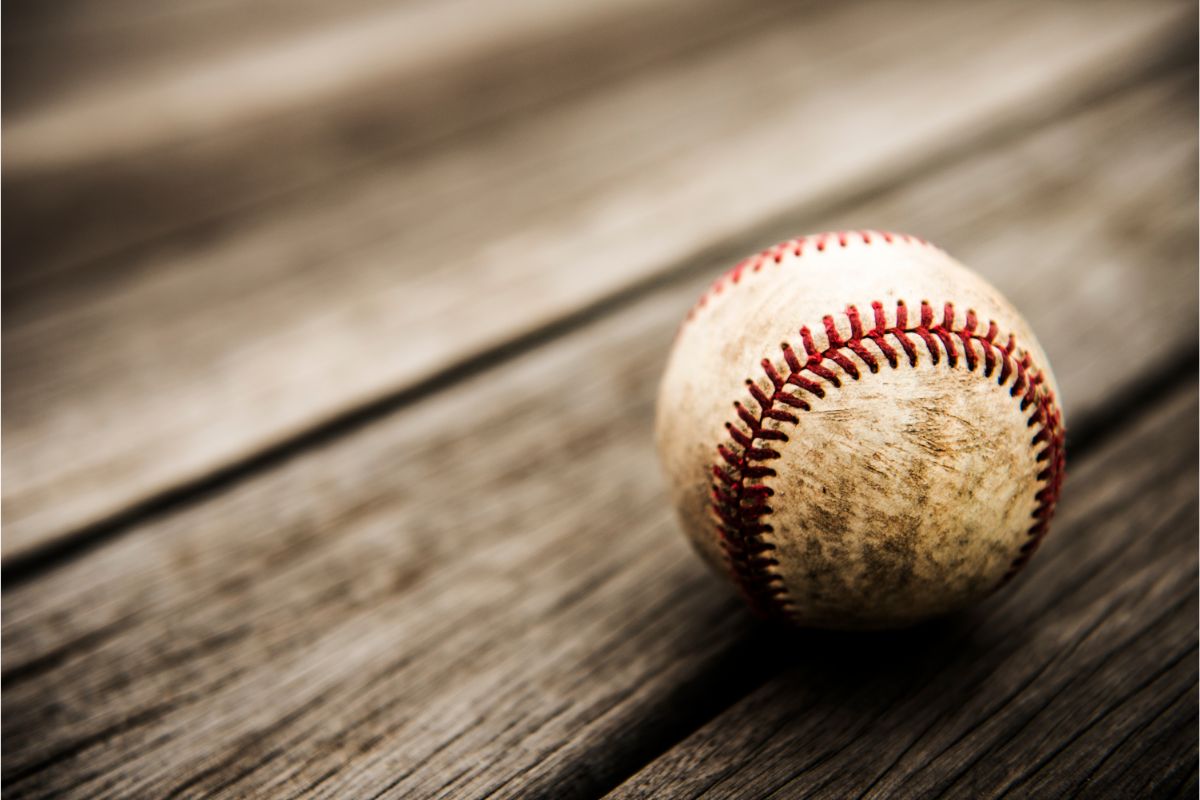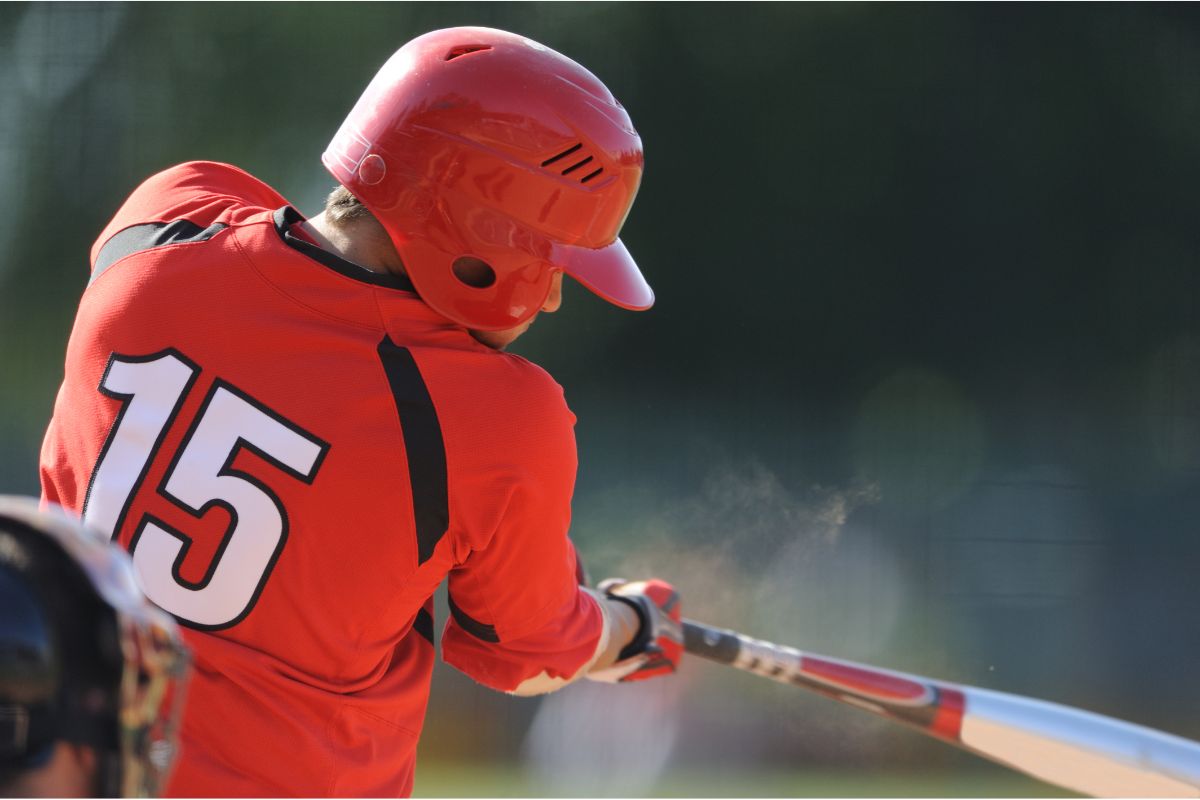If you do look at the back of the card, you should find a lot of useful information. Those main numbers stand in relation to the rest of the set and distinguish the card from others.
The back of the card also includes the player’s key statistics and the year of the card set. While the front of the card is the side that everyone wants to look at, does anyone read the back of the cards?

In this guide, we will ask; does anyone read the back of the cards? We will also look at what the numbers on the back of baseball cards mean.
Does Anyone Read The Back Of The Cards?
A lot of baseball card collectors neglect the back of their cards as the front is displayed for the majority of the time. That’s a shame as there is plenty of key information on that flip side.
Those that do read the back of the cards will learn the year that the card was printed, the card set, and the type of parallel card. If you do read the back of the cards, you would also learn if it is a short print or not as well as several other distinguishing details.
What The Numbers On The Back Of Baseball Cards Mean
For those that do read the back of baseball cards, there are plenty of details that can tell you more about the cards themselves. That includes the card number, the card set year, the serial number, and the card code.
The Card Number
The most prominent number on the back of any baseball card will refer to its number in a specific set. For baseball card collectors, the number is important as it might be a key one that they are missing to complete their set.
The number also helps card collectors to identify which set a specific card belongs to. If you check the front of the card for the identity of the player, combining that detail with the number of the card should help you work out which set it is from.
The Card Set Year
The card set year is another prominent number on the back of a baseball card. That should be at the bottom of the card and is typically a year that is printed next to the brand of cards such as Panini or Topps.
The Serial Number
The serial number is also found on the back of the card and tells you the number of this particular card that has been printed. Let’s say that the serial number is 25/55, that means that 55 of this specific card have been printed.
The 25 refers to the 25th card out of that 55.
Various serial numbers mean more on the back of baseball cards. The first printed card of that run comes with #1 which is exceedingly valuable. Similarly, the final number of the printed run is also important.
Another number that comes with some significance is the matching serial number with the player’s jersey number.

The Card Code
The card code is in notably small print at the bottom of the back of the card. This specific code can help baseball card collectors to identify those cards that are difficult to find such as photo variations.
The variation in the photo may be the only feature that distinguishes the card from others in the set, not the refraction, the design, or the coloring but the photo will be different from the base version.
Knowing the card code may be important as they will help you distinguish the base version of the card from a potentially valuable one.
Further Details
Some baseball cards may have further details that are related to the baseball player themselves.
These abbreviations can include ‘RC-B’ with the RC identifying the set as belonging to the All Star Rookie Team while the ‘B’ will stand for bonus. Several cards may come with that same acronym and you may want to save each one across multiple sets.
Another abbreviation can be ‘FSA-DA’ which would indicate that the card is part of the Five-Star Autographs set.
The ‘DA’ represents the player’s surname, in this case it is Dri Archer though there could be a vast range of cards in the set.
You may have several players who you are a fan of, in which case, make a note of their names as initials and then look out for those abbreviations.
The most obvious numbers on the back of a baseball card will be the player’s statistics which act as a representation of the player’s performance rather than the card.
Final Thoughts
As soon as you learn that serial numbered cards come with a premium, you should be interested in reading the back of baseball cards.
In the majority of cases, the base version does not come with a serial number and is likely to have been printed in large quantities. Without a serial number, these cards are worth less than those with serial numbers.
If you know that only 50 of a specific card were printed and you have the first one (or a really low number), hang onto it as it should be worth something.
Frequently Asked Questions
Likely the most telling detail to work out a card’s value is the print year.
This will identify how old the card is and which set it belongs to. The typical rule to apply is that the older the baseball card is, the more value it is likely to have.
For instance, common cards in 1953 are worth more than those printed in the Eighties.
Wrong cards, also known as error cards, are typically worth more as they are rarer.
The vast majority of baseball cards are printed correctly so an error like a misprint or an issue with production is fairly rare. Frankly, these baseball cards should not exist but due to their scarcity, they are worth more.
- Walter Payton Rookie Cards - May 28, 2023
- Does Anyone Read The Back Of The Cards? - April 21, 2023
- 11 Most Collectible Ozzie Smith Cards - April 21, 2023
